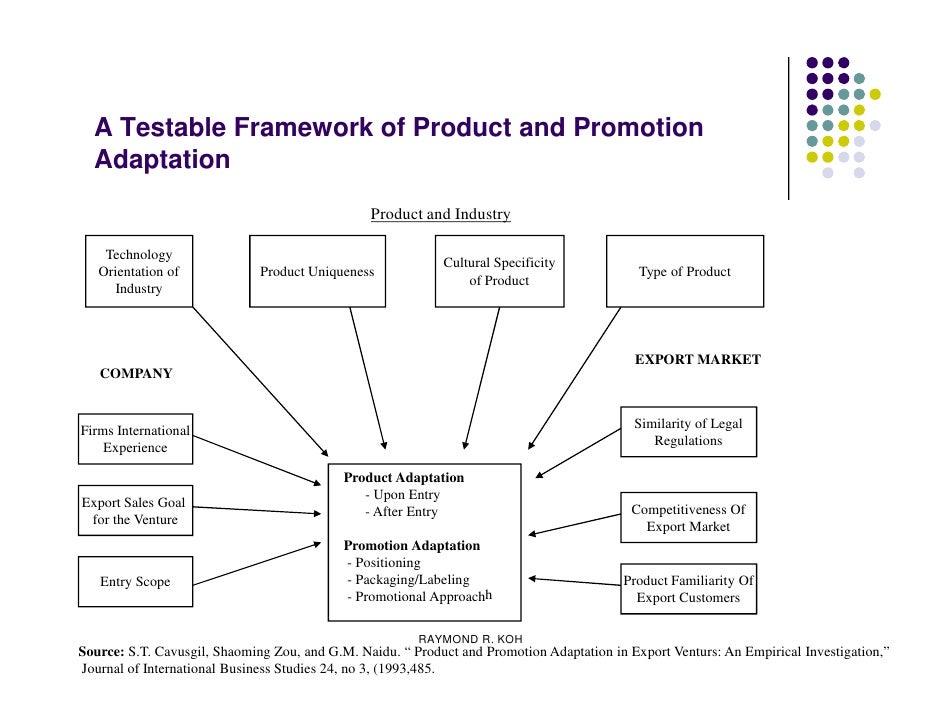Reducing Hazards via Global Manufacturing Techniques
In today's interconnected environment, global manufacturing of products has become an essential part in shaping successful companies. As companies grow into new markets, there is a growing recognition the benefits of engaging in global markets for both design and production. Such an approach not only enhances creativeness as well as innovation but provides diverse perspectives which can result in better product outcomes.
A primary advantage of global manufacturing is the ability to tap into unique skills and resources often not found domestically. By collaborating with global manufacturers worldwide, businesses can leverage local expertise, cut expenses, and ultimately deliver superior quality goods to consumers. Additionally, a global manufacturing strategy allows companies to mitigate risks by diversifying their supply chains, which ensures increased resilience to disruptions that may arise from geopolitics, natural disasters, or other unforeseen challenges.
Comprehending Worldwide Production Risks
Worldwide production offers numerous benefits, but it is not without its obstacles. Businesses can face a variety of risks that can jeopardize their manufacturing operations, such as governmental uncertainty, financial fluctuations, and compliance shifts. These factors can disturb supply chains, raise expenses, and create ambiguity in delivery schedules, ultimately impacting the overall effectiveness of production operations. It is essential for companies to be cognizant of these risks as they expand into international markets.
An additional major risk is the inconsistency in quality standards across various areas. Producers may encounter diverse regulations, production techniques, and quality control processes depending on the location. This variation can lead to products that do not meet the required standards, resulting in potential returns, damage to corporate reputation, or legal ramifications. Companies must prioritize establishing rigorous quality assurance policies to mitigate these risks effectively.
Societal diversity also add to the complexity of global manufacturing. Teams working across varied societal backgrounds may face communication barriers and conflicts, impacting collaboration and productivity. manufacturers outside of china can overcome these challenges by fostering a environment of inclusion and ongoing training, ensuring that all team members comprehend each other's perspectives and collaborate together towards shared objectives. Identifying and addressing these threats is critical for a successful international manufacturing strategy.
Strategies for Managing Risks
To effectively reduce threats associated with global product manufacturing, companies ought to adopt a multi-faceted strategy focused on supply chain diversification. By obtaining materials and components from multiple suppliers across different geographic regions, businesses can lessen their dependence on a single source and minimize the impact of interruptions. This strategy not only enhances resilience against natural disasters or political instability but also encourages price competition and promotes innovation among suppliers.
Another crucial approach is to implement comprehensive quality control measures at every stage of the manufacturing process. By setting rigorous standards and conducting regular inspections both in-house and at suppliers' locations with suppliers, companies can verify that products meet expected quality and regulatory requirements. This forward-thinking approach helps detect potential defects early, avoiding costly recalls or harm to reputation that may arise from poor product performance.
Lastly, leveraging advanced technology and data analytics can significantly enhance risk management in global manufacturing. Companies can use real-time data to track supply chain dynamics, track inventory levels, and predict potential disruptions. By integrating predictive analytics, organizations can make informed decisions that boost operational efficiency and agility. This technology-driven approach not only helps in navigating existing issues but also positions companies to capitalize on emerging prospects in the global market.

Case Studies in Global Production
One notable example of successful global product manufacturing is the technology giant Apple. The company efficiently utilizes a vast, integrated supply chain that spans multiple countries. Research and development primarily takes place in the U.S., while manufacturing is delegated to countries like the Philippines. This strategy enables Apple to reduce production costs while taking advantage from a skilled labor force and swift production capabilities. By combining design innovation with cost-effective manufacturing, Apple has maintained its status as a industry leader in technology.
Another significant case is Toyota's production system, which utilizes international manufacturing practices to improve efficiency and quality. Toyota runs production facilities in multiple countries, permitting for localized manufacturing while still maintaining its core principles of lean manufacturing. This approach not just reduces transportation costs but also enhances responsiveness to market demands. By using cross-border collaboration, Toyota is able to reduce risks associated with supply chain interruptions and ensure consistent product quality.
A third example can be seen in H&M's international sourcing strategy. The fashion retailer procures materials and assembles products from a varied range of suppliers worldwide. By distributing its manufacturing across various countries, H&M ensures adaptability and robustness in its operations. This strategy allows the company to adjust quickly to shifting fashion trends while optimizing costs and upholding ethical production standards. H&M’s international manufacturing practices illustrate the potential for companies to boost both their competitiveness and eco-friendliness through strategic design and distribution strategies.